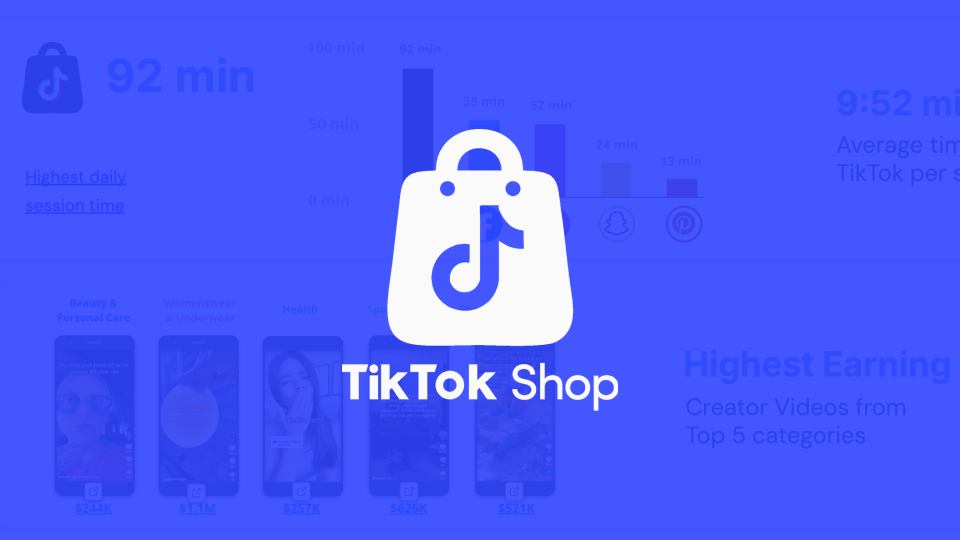
10 UX/UI Best Practices for Blogs from KOHO
Key Takeaways

KOHO is regularly investing in creating relevant content that is shared in its Learn section on koho.ca. The company built a good infrastructure for its content and leveraged many best UX and content practices when designing its blog pages.
UX Best Practices — KOHO Made a Number of Design Decisions to Make Users Stay Longer on the Page: The brand provides an estimate of how much time it takes to read an article and features a progress bar on the blog post pages. To foster conversion from readers to customers, KOHO sprinkles relevant in-text CTAs to direct users to proper sign-up pages.
Content Best Practices — The Company Writes Most of its Article Titles in Question Format: KOHO mimics the way users tend to type their queries in search engines and formats its titles (H1) and section headings (H2) as questions. Each of KOHO’s blog posts starts with a summary of the following content enabling users to quickly get a sense if they will find an answer to their questions.

KOHO is a fintech company that “helps you reach your goals faster”. The service provides users with a pre-paid debit cards that make it easier to control spending.
The company has been investing in generating content to help (a) educate prospects about the novel approach to spending and (b) help find commonly asked questions existing users might face. The brand has implemented many UX and content best practices on its blog page that help users engage with content and stay longer on the page.


SEO Best Practice:
#1. Question titles.
Question titles make articles easier to relate to and clearly outline what problem they help to solve. People tend to type in their Google search queries in a question format. Therefore, KOHO aims to get extra SEO points for hitting relevant searches.
KOHO also has a FAQs (rather technical) section folded under the Learn umbrella. This section includes questions on topics ranging from account setup to financial coaching which supports the SEO agenda.


UX Best Practice:
#2. Estimated time to read and a progress bar
Time to read. An estimated time to read helps to manage user expectations. When operating in the attention economy, "time to read" works as a price a user has to pay to solve their problems.
For companies pursuing SEO strategy, it’s critical to balance the time it takes to read the article, the optimal number of words needed for Google to index the content and the value the article provides to users.
Progress bar. Progress bars help to minimize user tension and therefore improve completion rates. KOHO first sets the expectation (time to read) and then helps a user track progress (scroll bar).


UX Best Practice:
#3. Content suggestions
Related Articles. KOHO invites users to explore its content further and suggests articles on related topics. This way, the company aims to increase engagement and keep visitors on the page longer.
Recent Articles. On the desktop version of the website there is sidebar with recent articles.


Podcast Best Practice:
#4. Hashtags that enable search
Hashtags. KOHO leverages hashtags to categorize its content. This approach is in line with its target audience’s behaviours — hashtags are prevalent discovery and content sorting methods across all social media platforms.
Search. KOHO’s hashtags are active, meaning that once a user clicks on one, the website serves content tagged with the same hashtag.


Content Best Practice:
#5. Content summary.
KOHO starts each article with a brief round-up aimed to trigger interest about what’s to come and manage readers' expectations. Short summaries help users to navigate through content and quickly find an article that will answer their specific questions.


Content Best Practice:
#6. Authors.
KOHO works with independent contributors to generate blog content. The bank mentions every author at the beginning of the article and provides a quick summary about the writer at the end of the blog post. Mentioning contributors adds credibility and creates an editorial feel.


UX Best Practice:
#7. In-text CTAs.
To convert blog readers to customers, KOHO introduces conversion prompts throughout the article text. CTAs vary depending on the article content and come accompanied by a short advertising message.


UX Best Practice:
#9. Overflow buttons.
Floating CTAs are a current major trend in mobile UX design. They help to draw attention to the key actions and improve conversions.
Main CTA. KOHO keeps an “Open account” CTA on the top of every screen, making it easily accessible for all non-logged-in users.
Functional CTAs. In addition to the main "Open account" CTA, KOHO has two functional buttons located at the bottom right corner of the screen. The first CTA takes users to the top of the screen without scrolling. The second button opens an accessibility modal, where users can customize their browsing experience.


Web Design Best Practice:
#10. Accessibility
KOHO has a third-party accessibility widget installed to ensure its web experience is compliant with all requirements and suits the needs of all potential users. The company makes the widget accessible via a floating button located at the bottom right corner of the screen.

Complimentary Strategy Session
Take the next step in your market planning. Request your free strategy session today.
Book Your Session →














